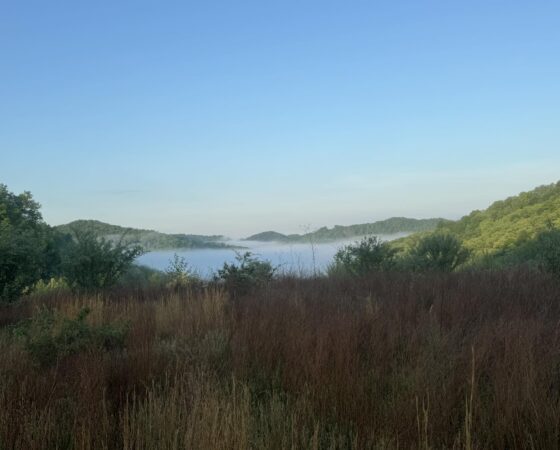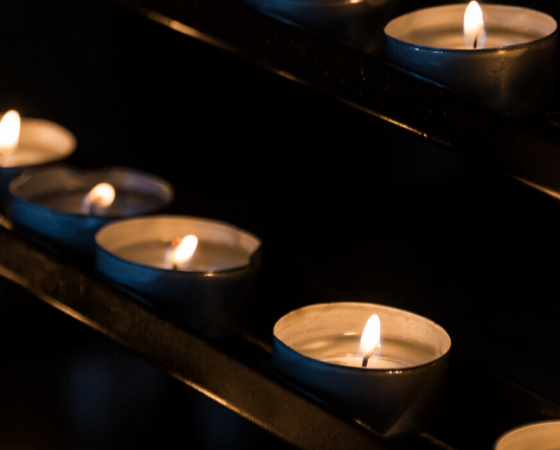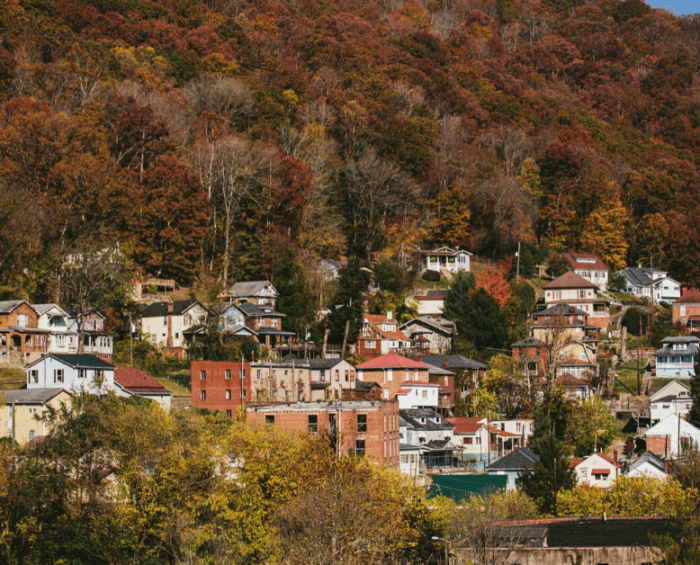The New York Times ran a piece that continues the theme of yesterday’s post. Check it out and let us know what you think.
As Europe Kicks Coal, Hungarian Town Feels Pangs
By ELISABETH ROSENTHAL
Published: September 15, 2010
OROSZLANY, Hungary — When the directors of Hungary’s last remaining coal-fired power plant announced that they would close the coal mine and begin dismantling the plant at the end of this year, the news sent shock waves through this weathered industrial city, where a statue of three miners stands in the square.
It was well known that the legendary Vertesi plant and its mine were kept afloat only by more than $30 million in annual state subsidies. But more than 3,000 of Oroszlany’s 20,000 residents work in industries related to coal. The government-owned plant is one of the town’s biggest taxpayers. And the area’s 5,000 homes, its stores and its factories all get their heat from the Vertesi plant.
“We know that coal is an old technique that is not sustainable here, but we have not found an alternative,” said Gabor Rajnai, Oroszlany’s mayor. “Everyone is thinking about how are we going to keep warm in winter.”
The Vertesi plant will be allowed to continue limited operations for three years after the mine’s closure, in part to buy time for the town to find a heating alternative.
Determined to reduce Europe’s reliance on coal, the European Commission is fighting a complicated battle against the subsidies that have long sustained coal, an influential but polluting industry in Europe and in the United States. In May, the Brussels-based governing body for the European Union announced that economic bailouts and favors for coal mines and power plants were forbidden after this year, precipitating Vertesi’s demise.
As countries endeavor to reduce their fossil fuel emissions, many are trying to wean themselves from over-reliance on coal, the most highly emitting fuel. But coal is also the lifeblood of communities from Hungary and Germany to Kentucky and West Virginia, providing jobs, power and warmth. Last year, when President Obama’s budget proposal included the elimination of some tax credits and deductions tied to coal, as well as oil and natural gas, there was furious protest from coal states, and Congress never enacted the changes. A similar presidential budget will be voted on again this fall.
Though the European Union generally prohibits national subsidies, coal, considered a vital source of energy, had long been an exception. But that logic has shifted as concerns over global warming have grown and better sources of renewable energy have become available.
In 2007, the European Union committed to reducing greenhouse gas emissions by 20 percent below 1990 levels by 2020, producing 20 percent of its electricity from renewable energy sources.
“If we want to lower our carbon emissions, why on earth — of all industries — does the coal industry get this preferential treatment?” asked Connie Hedegaard, the European Union’s commissioner for climate action. Coal is often referred to as a “cheap” fuel, but that designation is not always accurate, energy analysts say. In some places where coal is used, cheaper resources are now available, and the label does not take into account the pollution caused by burning coal.
The European Union’s emissions trading system effectively forces power companies to pay for some of coal’s excessive emissions. But even in the United States, where no such penalty exists, generating electricity from wind turbines, which draw on local resources, may be cheaper than importing coal in some places.
In many parts of the world, coal-fired plants and mines rely on government assistance for some of their profits, if not their survival. In the United States, the coal industry benefits from federal tax breaks and gets indirect support through the availability of tax-exempt bonds, loan guarantees and lien accommodations to support investment in coal plants. The European Union’s goal is not to completely eliminate coal but to replace it, where it is not economical, with cleaner forms of power. But ending coal subsidies is not easy.
In Europe, Germany and Spain objected vigorously to the proposed Dec. 31 deadline, arguing that the recession made revoking subsidies this year impractical. Coal accounts for 30 percent of electricity production and 17 percent of energy consumption in the European Union.
In fact, Europe passed the first law phasing out operating subsidies to the coal industry in 2002 — and the deadline had been moved back repeatedly. Some countries, like France and Italy, have ended subsidies. Some subsidies, like those intended to retrain former miners or to clean up mining sites, were not prohibited.
Bowing to pressure, the exasperated ministers of the European Union said in July that they would grant a very limited extension of certain subsidies until 2014, but with a host of new stipulations. For example, subsidies can now be awarded “only in the context of a closure plan” that fully shuts the plants by January 2014, and they have to be reduced 33 percent every 15 months. And money cannot be used to obtain access to new coal reserves. The proposal will be voted on this year.
“In many places, European coal is not competitive but quite a lot of people work in the sector,” said Marlene Holzner, a spokeswoman for Energy Commissioner Günther Oettinger. “The idea was to help these regions phase out coal so there wouldn’t be such a hard effect on employment.”
Like a number of coal towns, Oroszlany has spent recent years running in front of a tidal wave of environmentalism that now threatens to drown it. The town had previously been told that the coal mine would close in 2014 and the plant in 2020.
Before the global recession, Oroszlany built a new industrial park to attract small manufacturing — General Electric has a factory there — to provide jobs once coal had died. But that effort is still young.
“We knew the mine wouldn’t work forever, but this is just too fast,” said the mayor, who was previously the principal at a school run by Vertesi. He noted that Hungary had in part replaced coal by buying natural gas from Russia, which does not have to live up to European Union emissions standards.
In the 1990s, there were 6,500 people working at the power plant; now there are 1,500. In 2009, 800 people lost their jobs and 300 are still unemployed, despite programs for job retraining. Vertesi still provides about 5 percent of the country’s electricity.
Vertesi’s leaders have spent much of the last decade upgrading ancient systems in an attempt to prove that the plant can be environmentally friendly. In 2005, they erected a new smokestack with fancy filters, and they have gotten grants to drastically revamp the power plant so that coal is now mixed 50-50 with renewable fuels like tree trunks and agricultural waste.
Today, men in shorts, baseball caps and wraparound sunglasses maneuver bales of hay to mix with the coal so that the plant qualifies for higher tariffs paid for green electricity, although its furnaces will not tolerate less than 50 percent coal.
But the miners, whose extended families have never known another profession, face greater uncertainty.
“After 20 years of work in the mine, your body is pretty damaged and so you’re not so employable,” said Csaba Fekete, 39, preparing for his shift.
Judit Bertalan, the local member of Parliament, who opposes the closure of the mine, said, “Even though we are in the E.U., people in Hungary here think of it as a local issue.”





